1 of 8
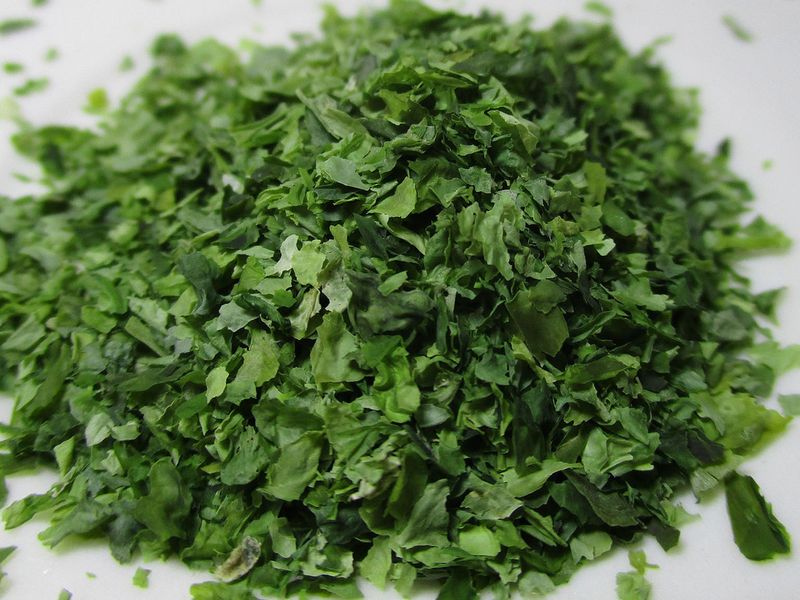
2 of 8
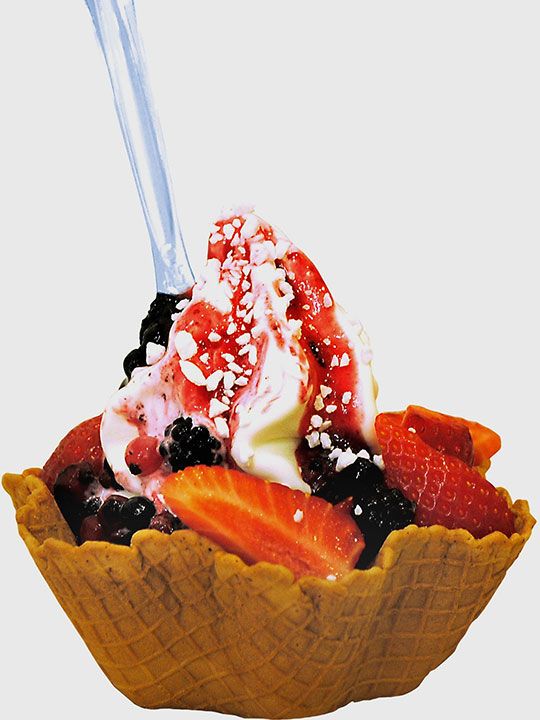
3 of 8

4 of 8
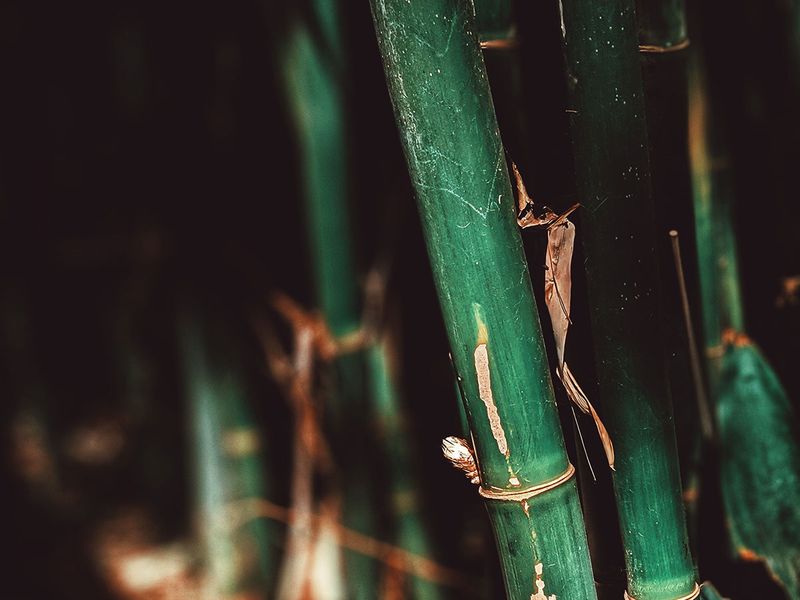
5 of 8
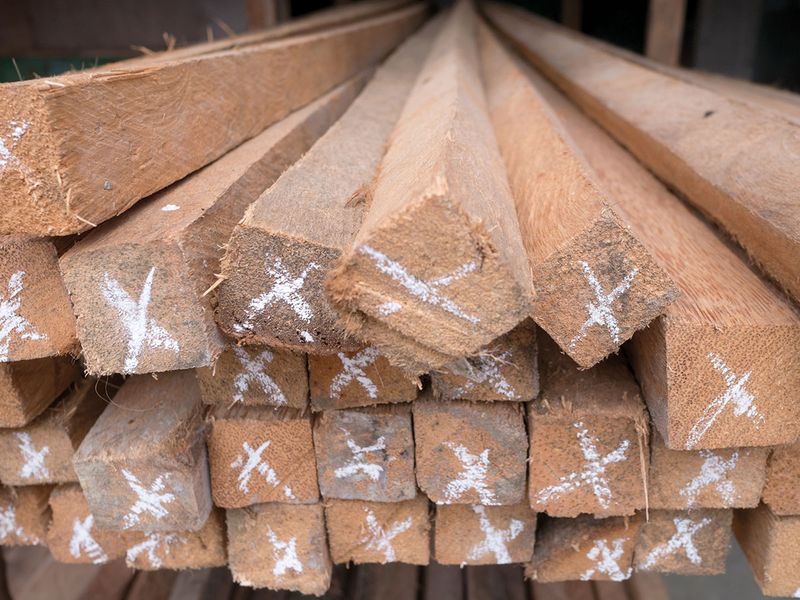
6 of 8
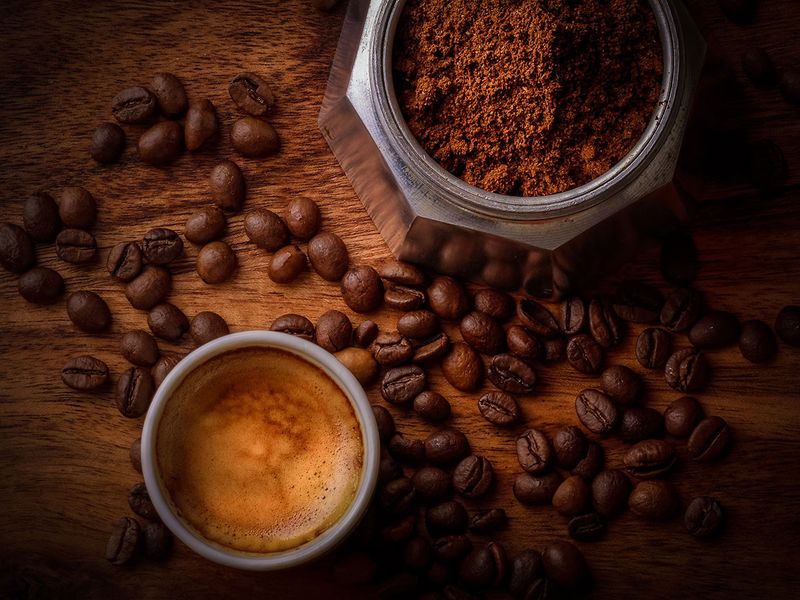
7 of 8
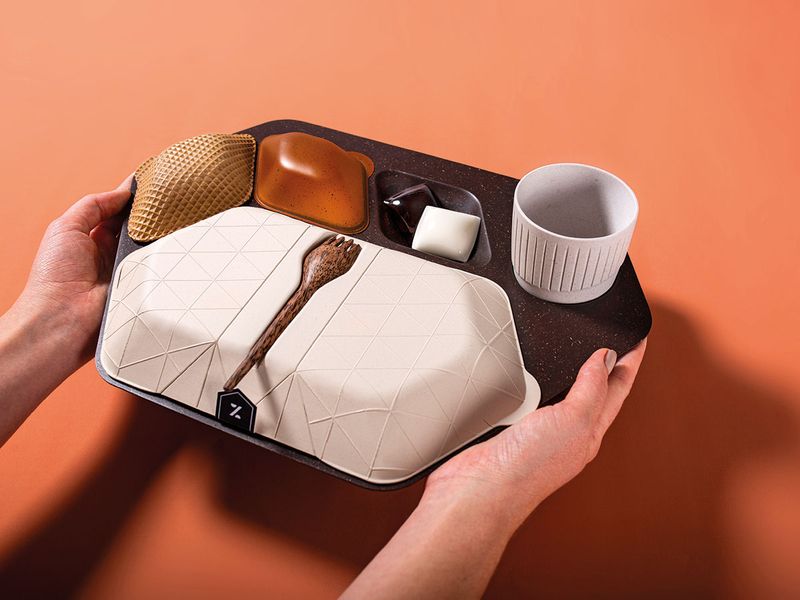
8 of 8

These eco-friendly materials make the cut, finds the PriestmanGoode design firm







